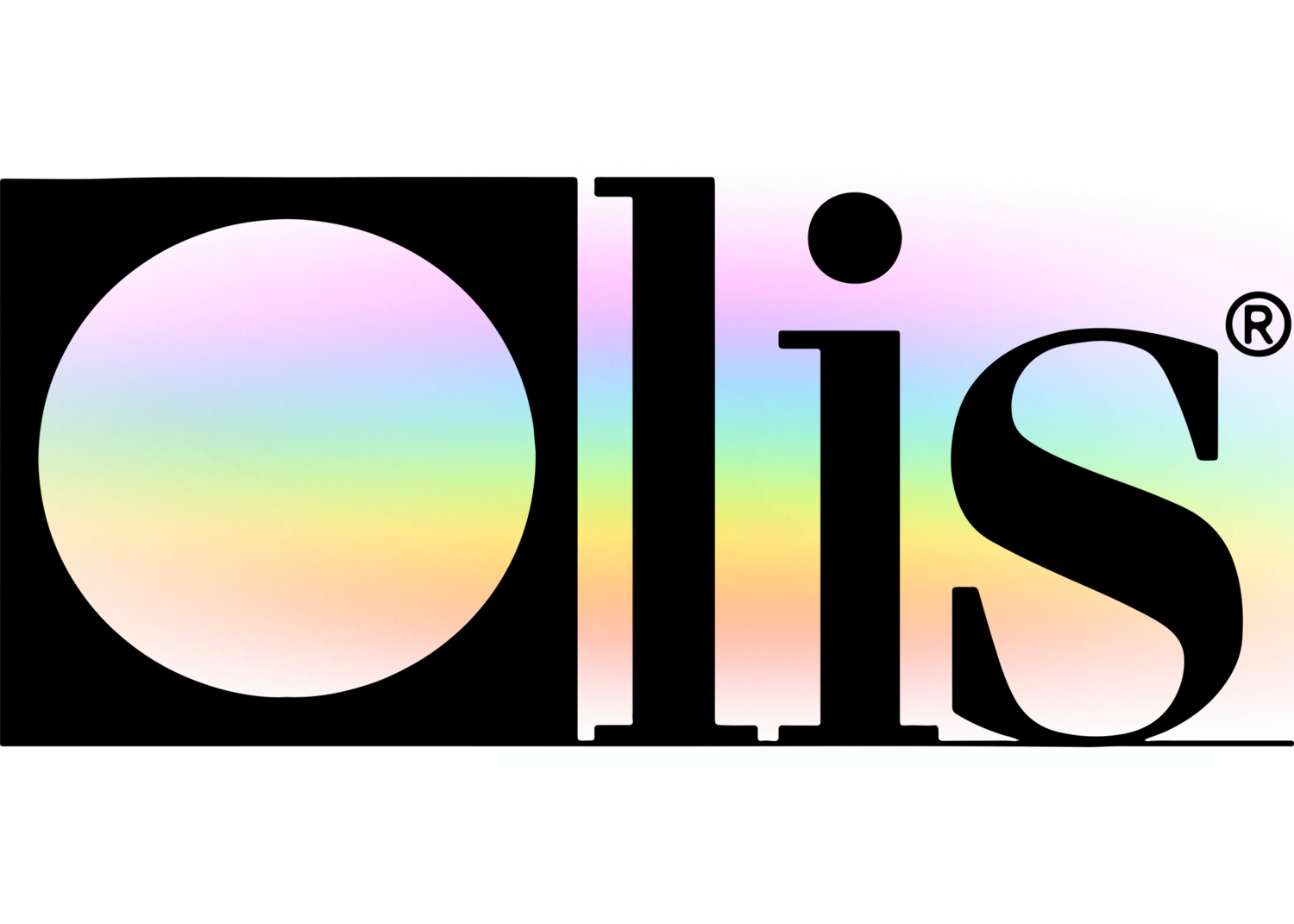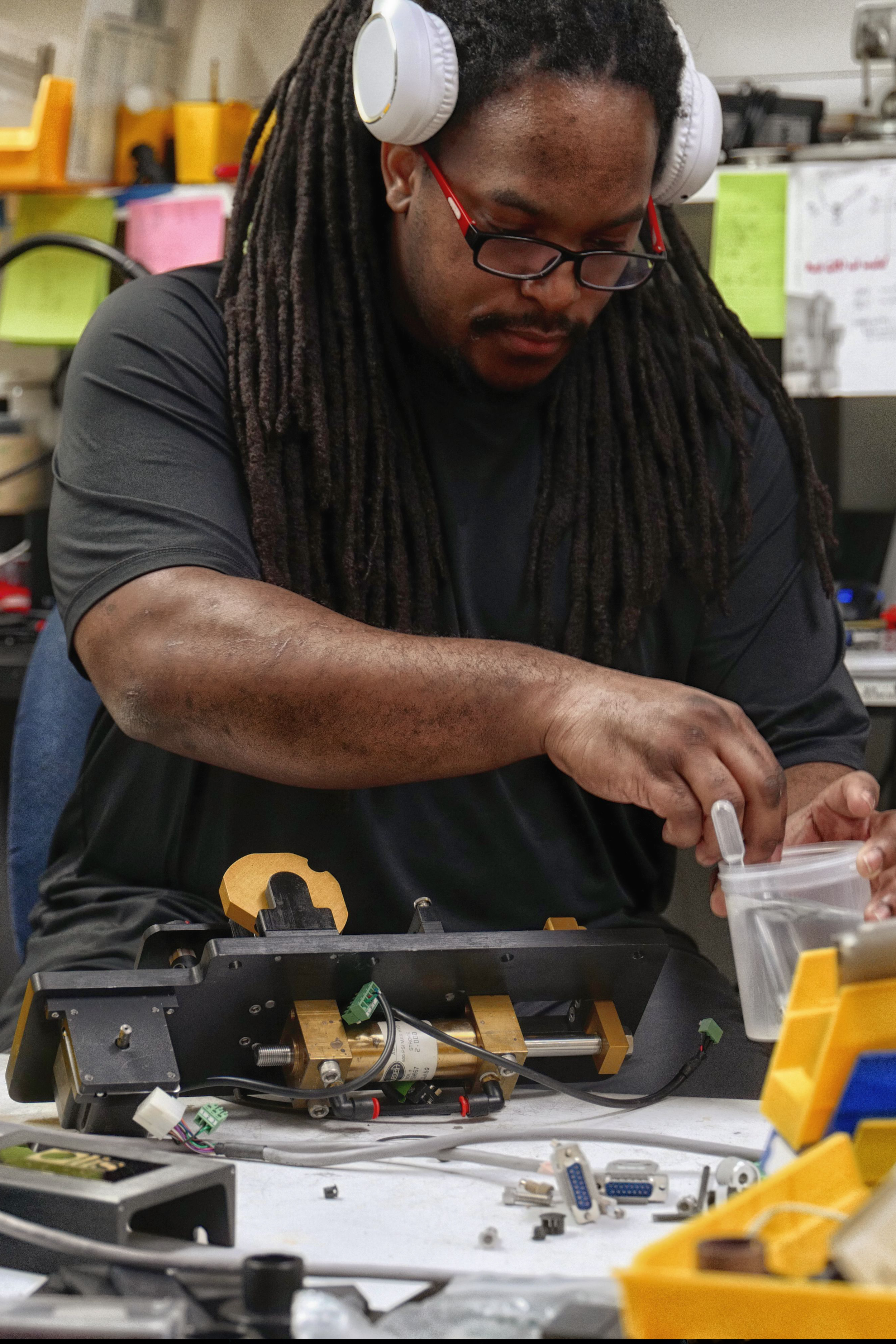Some Known Details About Spectrophotometers
Table of ContentsThe 45-Second Trick For SpectrophotometersSome Ideas on Circularly Polarized Luminescence You Should KnowThe Ultimate Guide To Uv/vis/nirThe Best Guide To Uv/vis/nirSome Known Incorrect Statements About Uv/vis

Spectrophotometry is most frequently applied to ultraviolet, visible, and infrared radiation, modern-day spectrophotometers can question wide swaths of the electromagnetic spectrum, consisting of x-ray, ultraviolet, visible, infrared, and/or microwave wavelengths. Spectrophotometry is a tool that hinges on the quantitative analysis of molecules depending on just how much light is soaked up by colored substances.
The Ultimate Guide To Spectrophotometers
A spectrophotometer is frequently used for the measurement of transmittance or reflectance of solutions, transparent or nontransparent solids, such as polished glass, or gases. Numerous biochemicals are colored, as in, they soak up noticeable light and therefore can be measured by colorimetric treatments, even colorless biochemicals can typically be transformed to colored compounds ideal for chromogenic color-forming responses to yield compounds ideal for colorimetric analysis.: 65 However, they can also be developed to determine the diffusivity on any of the listed light ranges that usually cover around 2002500 nm utilizing different controls and calibrations.
An example of an experiment in which spectrophotometry is utilized is the decision of the equilibrium constant of a solution. A certain chemical response within an option may take place in a forward and reverse direction, where reactants form items and products break down into reactants. At some point, this chemical response will reach a point of balance called a stability point.
Uv/vis/nir for Beginners
The quantity of light that travels through the service is indicative of the concentration of specific chemicals that do not enable light to go through. The absorption of light is because of the interaction of light with the electronic and vibrational modes of particles. Each kind of molecule has a specific set of energy levels connected with the makeup of its chemical bonds and nuclei and therefore will absorb light of particular wavelengths, or energies, resulting in distinct spectral residential or commercial properties.
They are extensively used in numerous industries consisting of semiconductors, laser and optical manufacturing, printing and forensic evaluation, as well as in labs for the study of chemical compounds. Spectrophotometry is often utilized in measurements of enzyme activities, determinations of protein concentrations, determinations of enzymatic kinetic constants, and measurements of ligand binding reactions.: 65 Eventually, a spectrophotometer is able to determine, depending on the control or calibration, what substances are present in a target and precisely how much through calculations of observed wavelengths.
Created by Arnold O. Beckman in 1940 [], the spectrophotometer was created with the help of his coworkers at his company National Technical Laboratories established in 1935 which would end up being Beckman Instrument Company and eventually Beckman Coulter. This would come as an option to the formerly developed spectrophotometers which were unable to soak up the ultraviolet properly.
Not known Details About Circularly Polarized Luminescence
It would be found that this did not give satisfying results, for that reason in Model B, there was a shift from a glass to a quartz prism which enabled much better absorbance outcomes - UV/Vis (https://urlscan.io/result/3823bc3a-74b6-4d0f-8f09-522e983b4d26/). From there, Model C was born with a modification to the wavelength resolution which ended up having three units of it produced
It was produced from 1941 to 1976 where the rate for it in 1941 was US$723 (far-UV accessories were an alternative at additional cost). In the words of Nobel chemistry laureate Bruce Merrifield, it was "most likely the most crucial instrument ever established towards the improvement of bioscience." Once it ended up being terminated in 1976, Hewlett-Packard produced the first commercially available diode-array spectrophotometer in 1979 understood as the HP 8450A. It irradiates the sample with polychromatic light which the sample soaks up depending upon its homes. It is transferred back by grating the photodiode range which discovers the wavelength region of the spectrum. Ever since, the creation and execution of spectrophotometry devices has actually increased profoundly and has actually become one of the most ingenious instruments of our time.

Spectrophotometers Fundamentals Explained
Historically, spectrophotometers utilize a monochromator containing a diffraction grating to produce the analytical spectrum. The grating can either be movable or repaired. If a single detector, such as a photomultiplier tube or photodiode is utilized, the grating can be scanned stepwise (scanning spectrophotometer) so that the detector can determine the light strength at each wavelength (which will represent each "action").
In such systems, the grating is repaired and the intensity of each wavelength of light is determined by a different detector in the variety. When making transmission measurements, the spectrophotometer quantitatively compares the fraction website here of light that passes through a reference option and a test solution, then electronically compares the strengths of the 2 signals and calculates the portion of transmission of the sample compared to the recommendation standard.
